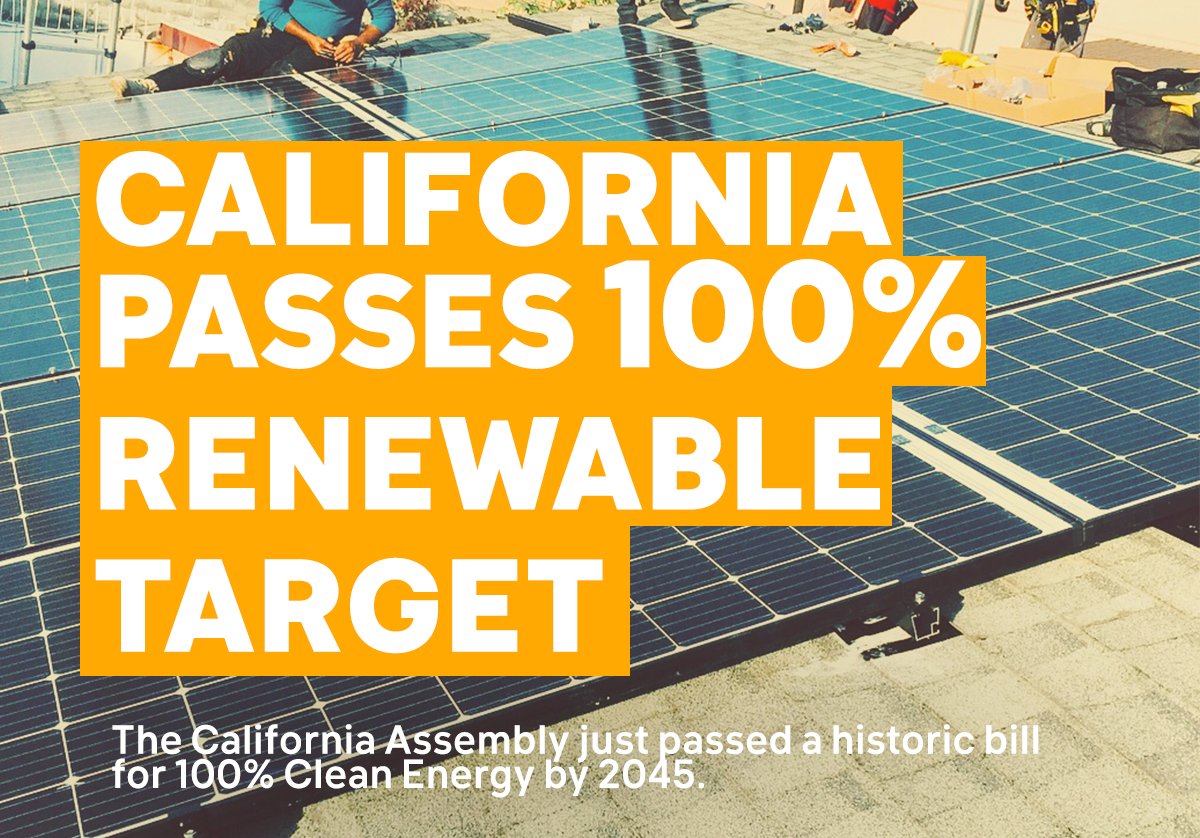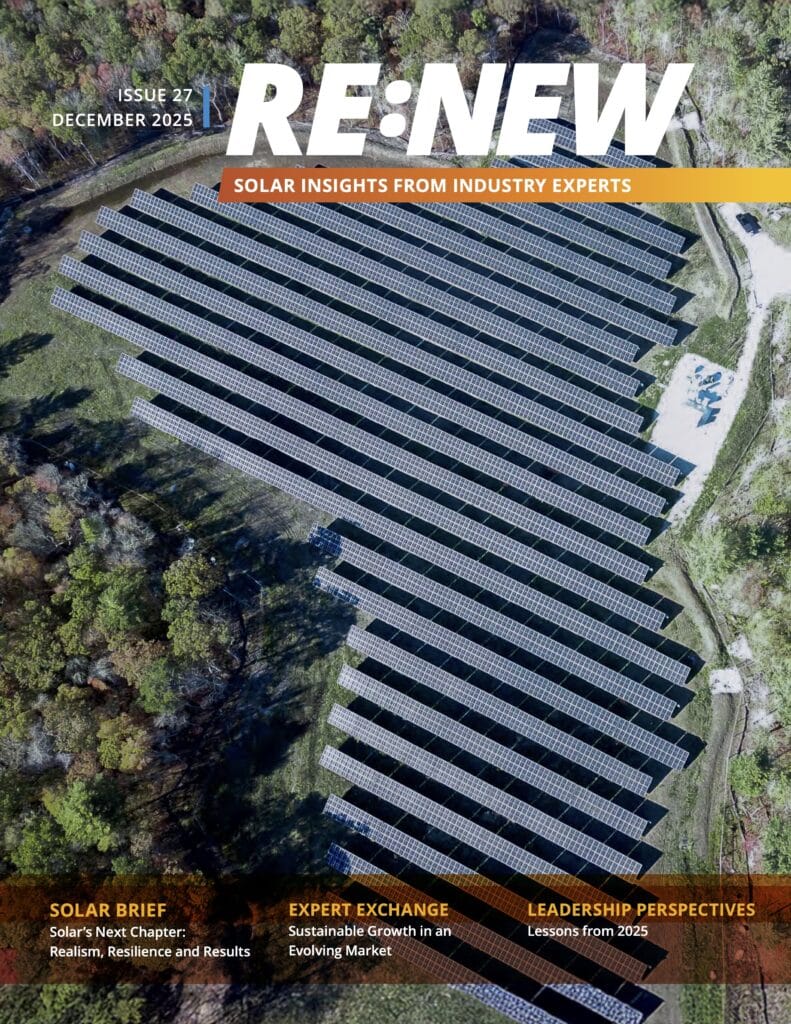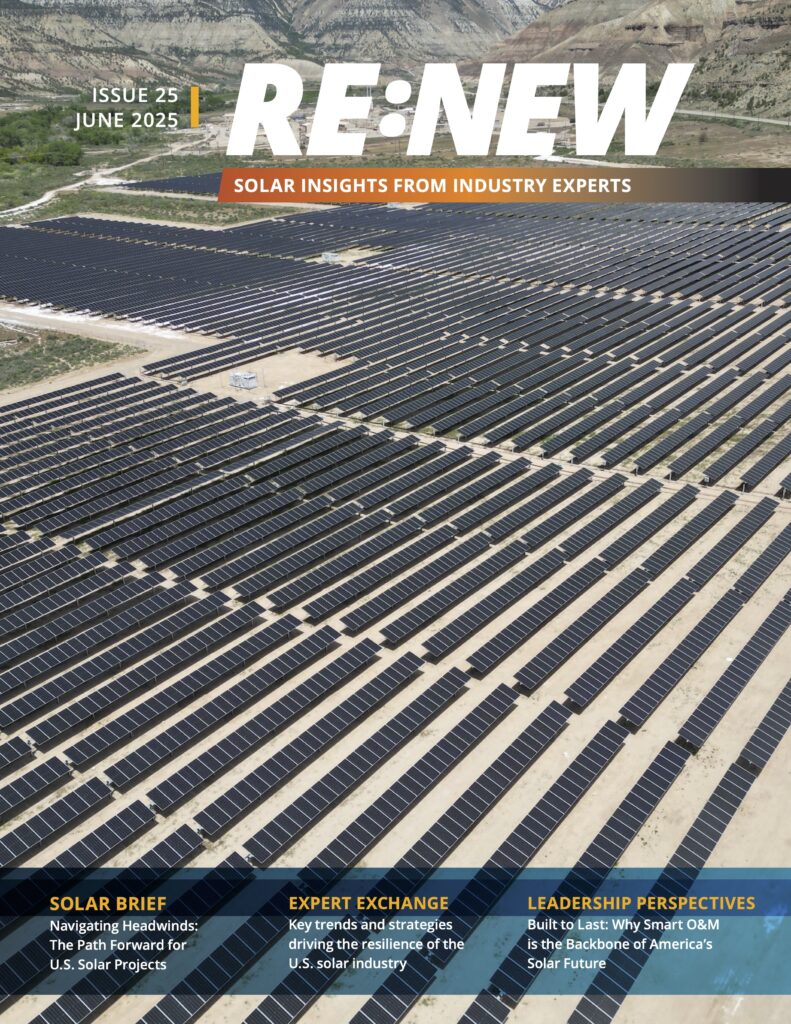California has long been central to the hopes and dreams of the rest of us in the United States. Heck, the 60’s rock band The Mamas and the Papas even wrote an entire song about it.
So when we read about the Golden State passing a law mandating 100% clean electricity generation by 2045, what should we make of it?
Well, the first thing we should say is, “Bravo.” The decision to commit to 100% clean electricity is a bold move that we hope will take hold in other states. That is usually the way this works—California starts the clean energy innovation, and other states follow.
This was not an easy victory. It took hard work and dedication on the parts of every member of the California solar industry to do it. It took rallies on the statehouse steps. It took hours of meetings with individual legislators to do it. And even when it had enough energy behind it to pass, it still took two legislative sessions to get it accomplished.
Commitment like that isn’t as common in the solar industry as it should be. As I’ve written about before, civic engagement shouldn’t be something we do in addition to our jobs, but something that is as integral to our jobs as selecting right modules and racking systems for our customers.
We also must be clear-eyed that passing SB 100 (the bill California Governor Jerry Brown signed into law with the mandate) isn’t the end of this journey but only the beginning. Passing a 100% clean energy bill in and of itself is nice, but without a similar commitment on energy storage, the former has no chance of occurring.
That’s why SB 700—what one observer called the “million solar roofs of energy storage” bill—is so critical to making sure the 100% California clean energy revolution happens. Unless the incentives for home-based solar-energy storage are also passed, which will allow Californians to generate their own electricity for home use, the 100% clean energy dream will remain just that.
Finally, California must continue its aggressive push to electrify the transportation system. That means electric vehicles in more garages and monumental investments in charging infrastructure. If you really want a 100% clean energy revolution (also known as decarbonization), you must focus on the transportation sector to make it happen.
But think about what this could mean if California succeeds. A dream morphs into reality and creates a roadmap for the rest of the country to follow. Once again, California is leading—and the rest of us should be ready to follow.
More Recent Blog Posts
Delivering on Our Promise: 2025 in Review
December 11, 2025
Scott Wiater · 3 min read
How Student Health Unlocks School Energy Projects
December 3, 2025
Standard Solar · 4 min read
The Remarkable Growth of Community Solar in the District of Columbia
October 22, 2025
Standard Solar · 2 min read
Navigating a Solar Market in Transition: Takeaways from RE+ 2025
September 26, 2025
Megan Byrn · 3 min read
Most Popular Blog Posts
State Policy Leaps Into The Spotlight As Federal Policy Winds Down
Travis Tate · 2 min read
Powering Ahead: Standard Solar's May Policy Brief
Trevor Laughlin · 2 min read
Delivering on Our Promise: 2025 in Review
Scott Wiater · 2 min read
How To Create A Complete Commercial PV Design Package
C.J. Colavito · 2 min read





Share